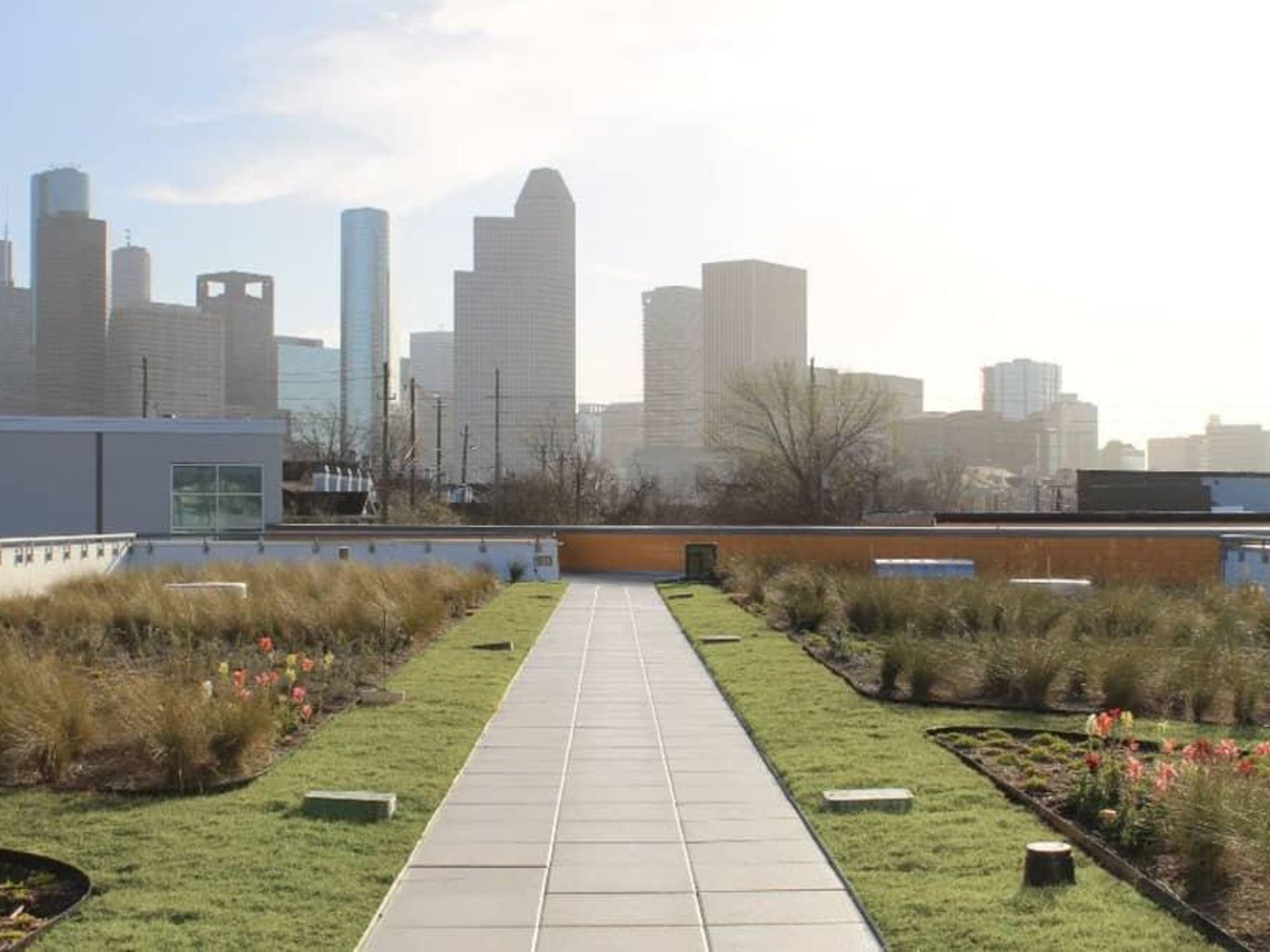SEEING GREEN
City of Houston gives green light to 10 new environmentally friendly stormwater projects

The City of Houston has launched a pilot project that will speed up the permitting process for environmentally friendly stormwater projects.
The Green Stormwater Infrastructure Expedited Permitting Pilot Program, announced August 4, will approve at least 10 projects in the Houston area by August 2022. In conjunction with the Resilient Houston initiative, the city is targeting 100 green stormwater infrastructure projects by 2025.
The city is working on rules and regulations that will govern development of green stormwater infrastructure. Mayor Sylvester Turner rolled out a tax abatement program for green stormwater infrastructure projects last December.
According to a city news release, green stormwater infrastructure improves the performance of drainage systems and can make real estate projects more attractive to buyers, while delivering benefits such as heat reduction, improvement of air and water quality, and conservation of native habitats.
Green stormwater infrastructure helps reduce the downstream impact of development and mimics how rain behaves when it falls onto an undeveloped green landscape. Techniques that fit into this category include green roofs, rain gardens, rainwater harvesting, permeable pavement, and urban forests.
"In the aftermath of Hurricane Harvey, we have taken critical steps to address our flooding and drainage challenges. As Houston has rapidly developed, we have relied on traditional gray infrastructure systems to keep us safe. However, as we build forward, we must consider new and innovative approaches for achieving greater flood resilience in Houston," the city says in a 2019 report about green stormwater infrastructure.
Traditional "gray" infrastructure, designed to move urban stormwater away from the built environment, includes curbs, gutters, drains, piping, and collection systems, according to the U.S. Environmental Protection Agency (EPA). Generally, gray infrastructure collects and moves stormwater from impervious surfaces, such as roadways, parking lots, and rooftops, and into a series of pipes that ultimately send untreated stormwater into local waterways.
-----
